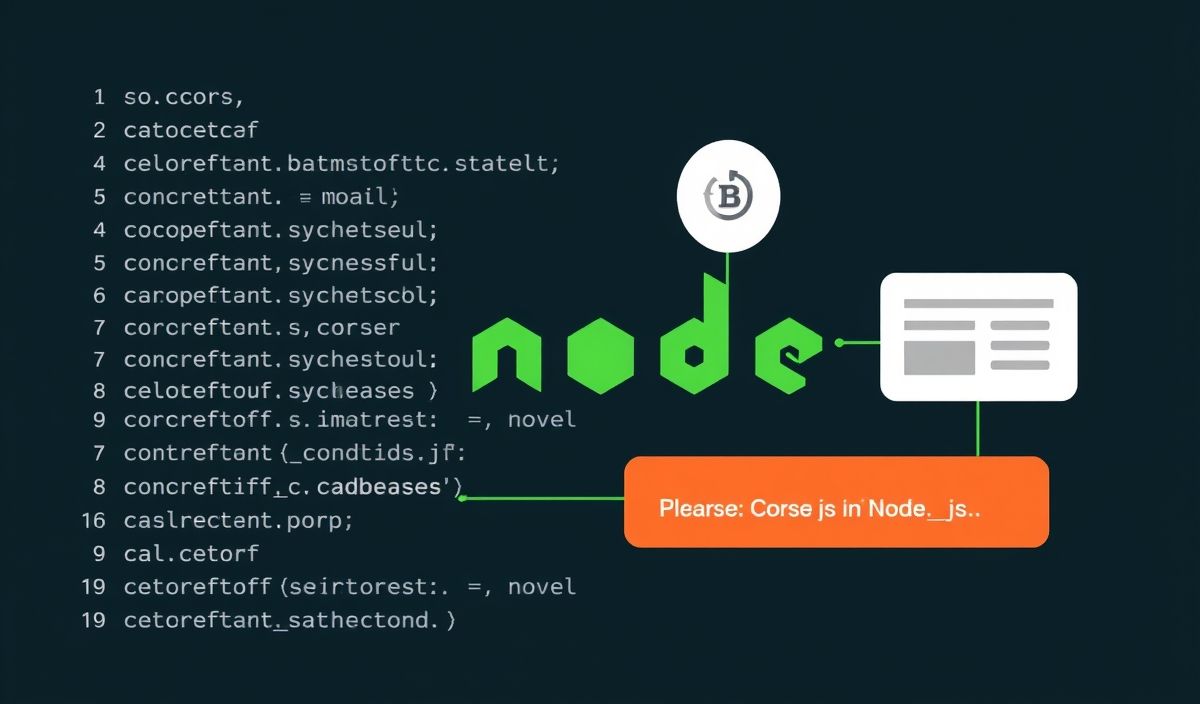Introduction to Corser
Corser is a highly flexible and powerful middleware for enabling Cross-Origin Resource Sharing (CORS) in your Node.js applications. It is designed to be easy to use and configure, allowing you to control how your APIs are accessed by client applications from different origins.
Setting Up Corser
The first step in using Corser is to install it via npm. You can do this by running the following command in your terminal:
npm install corser
Basic Usage
To use Corser in your application, you need to require it and set it up as middleware. Here’s a basic example of how to use Corser:
const express = require('express');
const corser = require('corser');
const app = express();
app.use(corser.create());
app.get('/api', (req, res) => {
res.json({ message: 'Hello from Corser!' });
});
app.listen(3000, () => {
console.log('Server running on port 3000');
});
Configuring Corser
Corser offers a variety of options to control how your APIs handle CORS requests. Here are some examples:
Allow Specific Origins
app.use(corser.create({
origins: ['http://example.com', 'http://another-example.com']
}));
Allow Specific Methods
app.use(corser.create({
methods: ['GET', 'POST', 'PUT', 'DELETE']
}));
Allow Specific Headers
app.use(corser.create({
requestHeaders: corser.simpleRequestHeaders.concat(['X-Custom-Header'])
}));
Allow Credentials
app.use(corser.create({
supportsCredentials: true
}));
Full Example Application
Below is an example of a complete application using Corser with various configurations:
const express = require('express');
const corser = require('corser');
const app = express();
app.use(corser.create({
origins: ['http://example.com', 'http://another-example.com'],
methods: ['GET', 'POST', 'PUT', 'DELETE'],
requestHeaders: corser.simpleRequestHeaders.concat(['X-Custom-Header']),
supportsCredentials: true
}));
app.get('/api/data', (req, res) => {
res.json({ data: 'This is some data' });
});
app.post('/api/data', (req, res) => {
res.json({ data: 'Data has been saved' });
});
app.listen(3000, () => {
console.log('Server running on port 3000');
});
With these configurations, you can fine-tune how your APIs handle CORS requests, providing a more secure and controlled environment for your applications.
Hash: 633ede59e63a45ee37b47ad9490a1a936e6e1284d0d37fd85b5adf66bd717397




